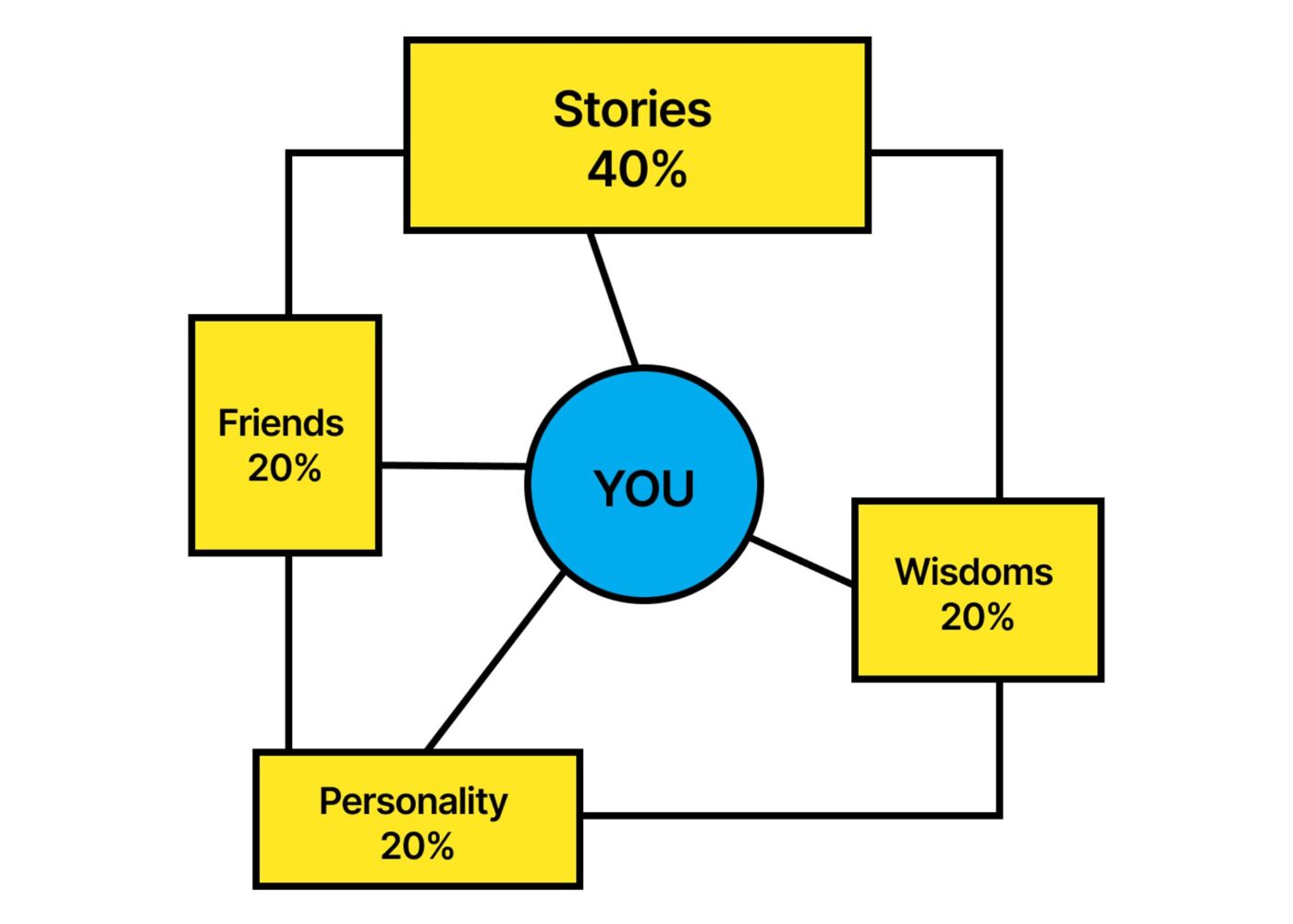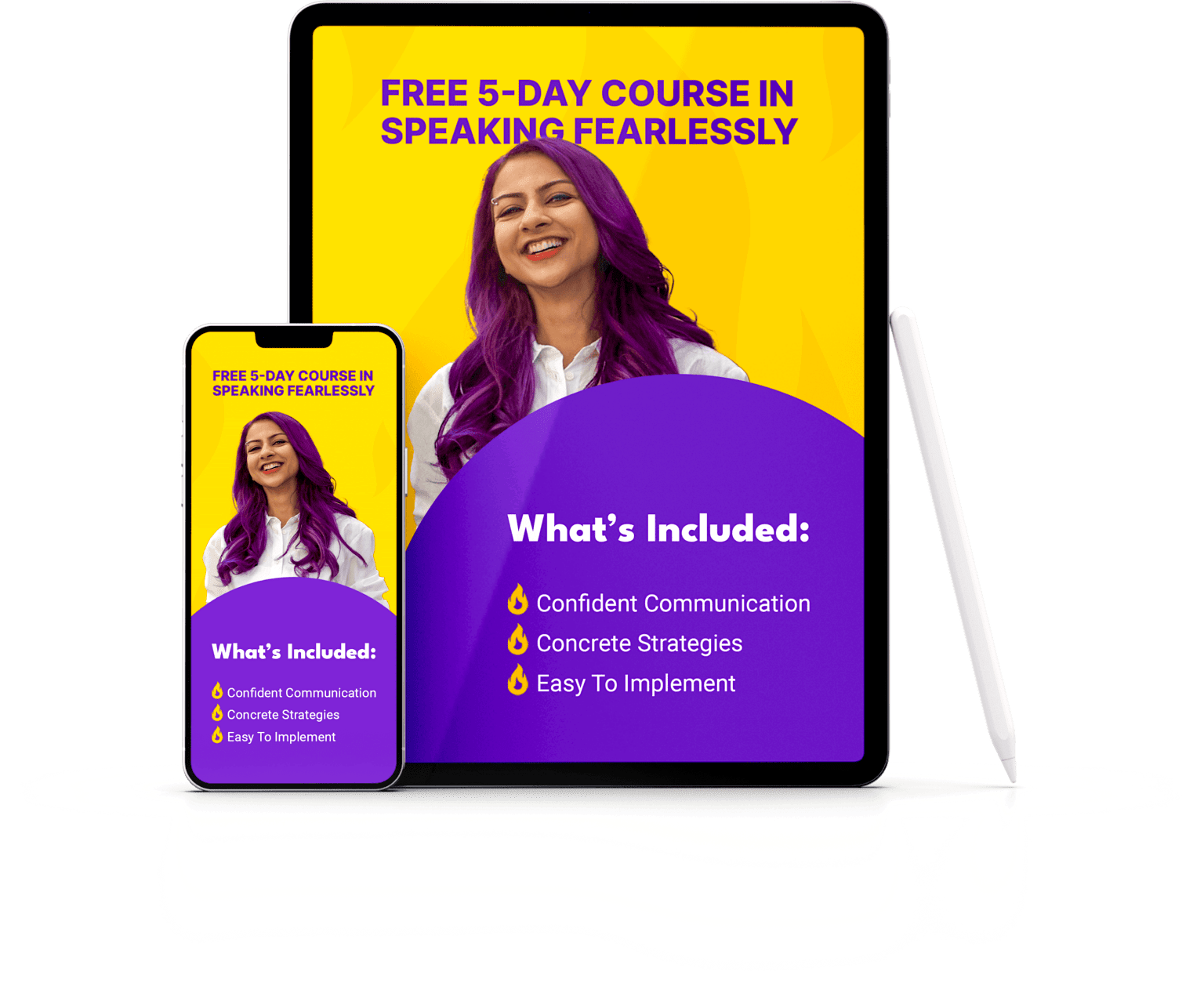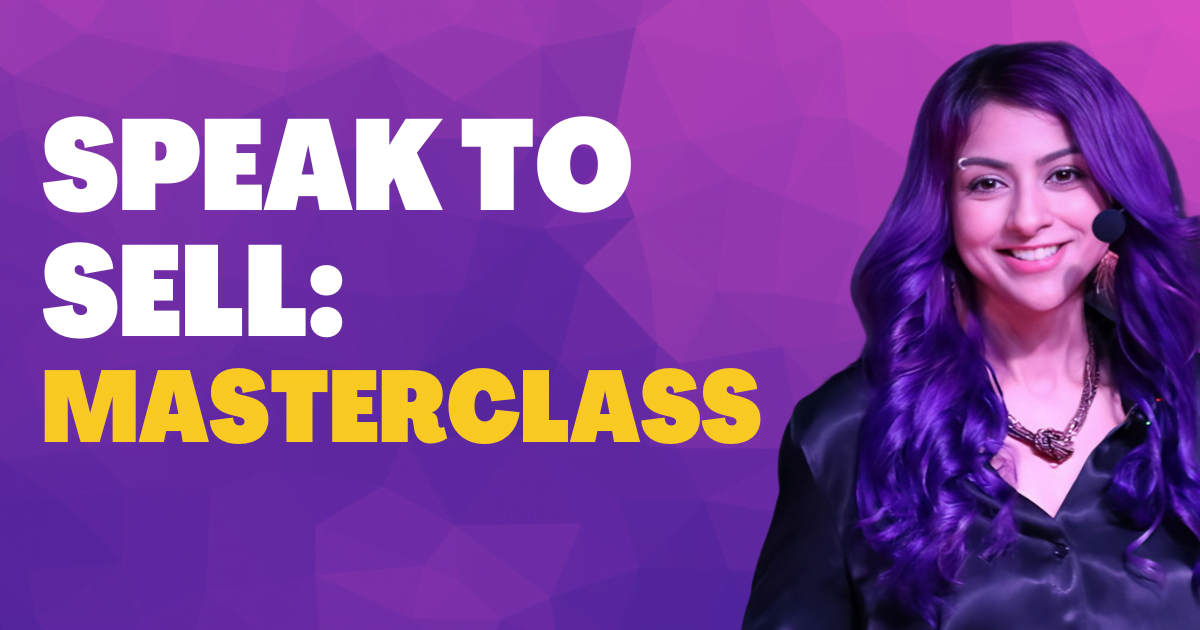My friend Kevon Cheung (creator of Public Lab and author of Finding Joy in Chaos) shares with us how he built a brand that is gaining influence and thought leadership.
| 👉🏻 Hey! My name is Kevon Cheung. Happy to be here to share with you today. A little about myself: I wrote Find Joy in Chaos, run Build in Public Mastery, and write a newsletter at Public Lab. I’m motivated by growing and working with an audience to build products – that’s where the fun is. I recently finished writing a free case study on My Build-up Story of A $100,000 Creator Education Business. After reading the post below, you can also check that out. |
Do you want to be influential?
I bet the answer is yes. I bet everyone would say yes.
But I don’t mean being an influencer. I mean being influential. I’m not interested in influencing which restaurant you go to next week, but I’m hugely interested in sharing an idea that resonates with you.
Other than speaking directly to an audience like Nausheen does, you can also leverage your content to share your stories and thoughts to connect with your audience.
Well, you already know that.
What you might not know is why some people have wildly successful personal brands while others struggle to get followers. It all comes down to things so many people struggle with “What can I share? What should I share? Do I have to share everything?”
If you want to grow an audience and be influential, you want to unlock these deeply.
So let’s dive in.
Please. Don’t put out wisdom bombs
If you want to get known and grow an audience, you’ll fall into this one trap at the start.
I know it because 99% of my students were doing it when they first started.
The trap is — you act like you are the expert on a topic and start teaching others how to do things.
Let’s give it a few seconds. Is this you right now?
I call posts like this wisdom bombs. People call these platitudes. Basically, they are words that everyone can copy and paste, like:
“Consistency is key, so make sure you show up every day”
Sharing this will not help you become influential. Why? Because it is not unique to you.
This is why the first step to become influential is to drop your expert-y and teacher-y voice. No one wants to hear that.
4 questions you can ask yourself
Once you get rid of that, it is time to break down the type of content and stories you can share.
In my book, Find Joy in Chaos, I have this 40-20-20-20 framework.
If you want a dynamic, balanced presence that people will enjoy, you need:

Being influential is not just about dumping lots of expert advice on people.
Everything you share is planting small seeds about who you are. If you can relate, you will be influential.
Oh yes, you can still share wisdom bombs, but you want to limit them to 20%.
I have a simple framework to help you evaluate what’s worth sharing. Here are the 4 questions I ask myself before posting:
- Does this post drive eyeballs to the work I’m doing now?
- Does this post get me insights or feedback to improve my work?
- Does this post increase my credibility in the public’s eyes?
- Does this post bring out my personality?
If a post doesn’t hit at least 1 of the 4 above, I would discard it and find something else from my idea bank to share.
I get it. Sometimes you feel the urge to say something, but you can’t let your urge override the purpose of why you’re doing this — to build up your voice & audience!
(I definitely have come across people who just want to express and freestyle what they share online. In that case, I focus on building a personal brand, you focus on using a “social” media. Totally okay.)
The 4 questions above can help you to make sure every post has a purpose.
Walking the talk is always preferred
There’s one more thing!
Talk is cheap. Everyone is talking, especially on the Internet. If you can show that you’re actually walking the talk, you’ll not just be influential, but you’ll also win some very loyal fans.
So I recommend you to learn in public! It is a must-do.
This can fall into the 40% show your work category.
If you want to be an interesting person people follow, you must be learning something new every week. However, usually, you would keep them to yourself because you don’t think that learning is applicable to anyone else.
The art of growing an audience is that people are not just interested in your knowledge, they are also interested in how you think and how you do.
With the right audience, the chance that they will also find your learning helpful is very high.
And to be honest, this is the easiest type of content for you to create. You don’t have to write about the 5 tips for a topic you don’t really care about. You simply have to document and recap what you’ve just done. That’s the brilliance.
I am also certain that you’ll become a better public speaker if you have an active voice to share regularly on social media. This is because you’ll have a wealth of stories you know resonate well with your audience at your fingertips.
Let’s make Nausheen proud!
So, this is my TED talk! Ha! I hope this helps you refine how you show up on social media. Say hi because I’d love to take a look at your personal brand now.
Before you go, I recently released a free 45-page case study where I documented the steps and strategies I took to build up my education business. If you’re interested, you can read here: The Build-up of A $100,000 Creator Education Business.

